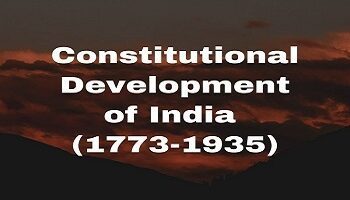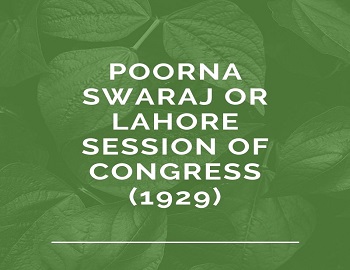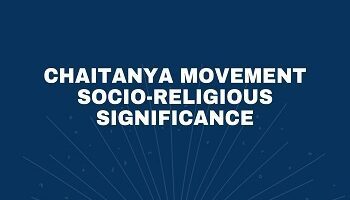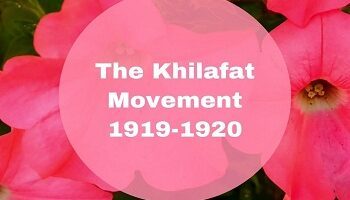Kautilya Arthashastra:
The Arthashastra is one of the most important sources for reconstructing ancient India economy, laws and legal institutions, social structure, and polity ideological superstructure. Although the work is basically concerned with political theories and speculations it also throws ample light on contemporary society. The additional advantage of the text is that it not only elaborates the views of the author but also sites the opinions and views on different political theories by the preceding theoreticians. At least five schools of political thinking and thirteen individual political thinkers have been cited in connection with the discussion on various political problems.
It is divided into 15 adhikaranas (sections) and 180 prakaranas (chapters) and is written in prose as well as in verse in Sanskrit. The basic style of writing is initiating the problem by giving short sentences (sutras) and then commenting on it (Tika).
Many scholars think that it was a manual however kingship and government and may have been used as a practical guide in the affairs of the state.
Other scholars strongly feel that the work was not written by a statesman or politician keeping in view the practical problems felt by the king and his subordinates but by a Pundit who was more interested in scholasticism and pedantry of theoretical speculation. However, the majority agrees with the former view that the work in its. It was written by Kautilya or Chanakya or Vishnugupta, who was the Prime Minister of Chandragupta, the founder of the Mauryan dynasty. However, some scholars are of the opinion that Vishnugupta was not the name of Chanakya, the original author of the text. Vishnugupta, according to these scholars, edited and commented upon the original text along with the interpolations which had crept in it during the intervening 3rd century B.C. to 3rd century A.D.
There is a lot of controversy among the scholars regarding the date of the Arthashastra. The majority of the scholars however think that the major and original part of the treatise (text) was written in the closing phase of the 4th century B.C. The arguments given by these scholars can be summed up as-
- In the last chapter of the Arthashastra, it is recorded that Kautilya dethroned the Nandas.
- The style of writing of the Arthashastra is comparatively more archaic than those of the Manusmriti and the Yagnavalkya Smriti, both Kalidas and Yagnavalkya are indebted to Arthashastra for some technical terms used in the political context.
- The social condition as depicted in the Arthashastra seems to represent an earlier phase in comparison to the social conditions reflected in the Manusmriti and the Yagnavalkya smriti.
- There are some technical terms that are common to the Asokan inscriptions and the Arthashastra of Kautilya.
- Many passages of Arthashastra endorse the statement recorded in the ‘Indica‘ of Megasthenes.
- Many later day authorities including Dandin, the author of Panchtantra (Vishnu Sharma) and Banabhatta attribute the authorship of Arthashastra to Kautilya or Chanakya.
- The Nitisara of Kamandaka is based on the basic principles laid down in the Arthashastra and the Kamasutra of Vatsyayana is modelled on the pattern of the Arthashastra.
In light of the above discussion, it is really a difficult job to reach some definite conclusion. The problem is still under debate and discussion. However, the opinion of Romila Thapar seems to be convincing when she states that the book originally was written by Chanakya or Kautilya in the closing decades of the 4th century B.C. and then through six centuries which followed many interpolations were made in the text and finally around 300 A.D. or 400 A.D. a person called Vishngupta edited and commented upon the text with the interpolations which had become an integral part of the text in the passage of about six centuries.









Comments (No)